Technology and customer connection
People are accessing the internet through a variety of devises from smart phones to tablets in addition to the traditional notebooks and personal computers. More people are now constantly connected to the internet with a smart device in the handbag or pocket. This means businesses have the opportunity to connect with prospects and customers practically 24/7.
Traveling through tropical Southeast Asia I am still very much connected with my North American based of contacts. I was able to chat with my Weekly Business Exchange group in Winnipeg from Singapore via video phone. All these technological connectivity offers us opportunities to maintain relationships and continue to deliver to local customers even when we are not in town.
Also, we can have no more worries about traffic jams and weather conditions disrupting meetings. We can “travel remotely” and still be present to serve customers.
The internet allows businesses to develop deeper relationships with local customers. For example, word of mouth recommendations of friends and relatives can be transmitted electronically through short video clips. The challenge for businesses is in knowing how to combine internet connectivity with physical meetings to encourage sales.
The local connectivity environment can shape peoples’ attitudes and confidence towards buying on line. In urban North America and modern Asian cities like Singapore for instance there are more internet users comfortable with buying on-line. For local businesses, internet connectivity through websites and social media can be built on with follow-up personal phone calls and physical meetings to build confidence and trigger the buying decision.
A physical brick and mortar store supporting on-line marketing and sales promotions can be effective in developing customer relations. This is the advantage that local businesses can leverage to effectively compete with the big on-line businesses.
On-line marketing campaigns can be utilized to encourage buyers to visit both physical and E-commerce stores.
The advantage of an E-commerce store is physical distance is removed from the purchaser. A simple click and a product is selected on your website. Another click and you receive payment. Delivery can be made locally or worldwide by courier and delivery companies.
Positive consumer experiences and recommendations by friends, relatives, neighbours and associates can be promoted through social media. Building trust in your business through on-line and off-line physical interactions is important in giving confidence to prospects. Do spend time with your team and consultants to develop a marketing plan focused on establishing relationships.
Your marketing plan should help you identify the needs of the niche groups in your target market. Remember, satisfied customers are very often your best advocates in building trust in you and your products.
The internet is not just a tool creating new on-line markets but is also a tool that can encourage more shopping at your physical local store.
Siddha Param
International Business Consultant
Reboot your business plan for sustained high growth
Do share this article on social media and with those interested
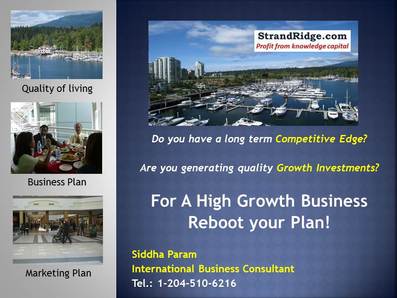
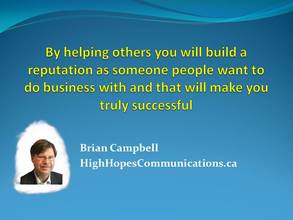

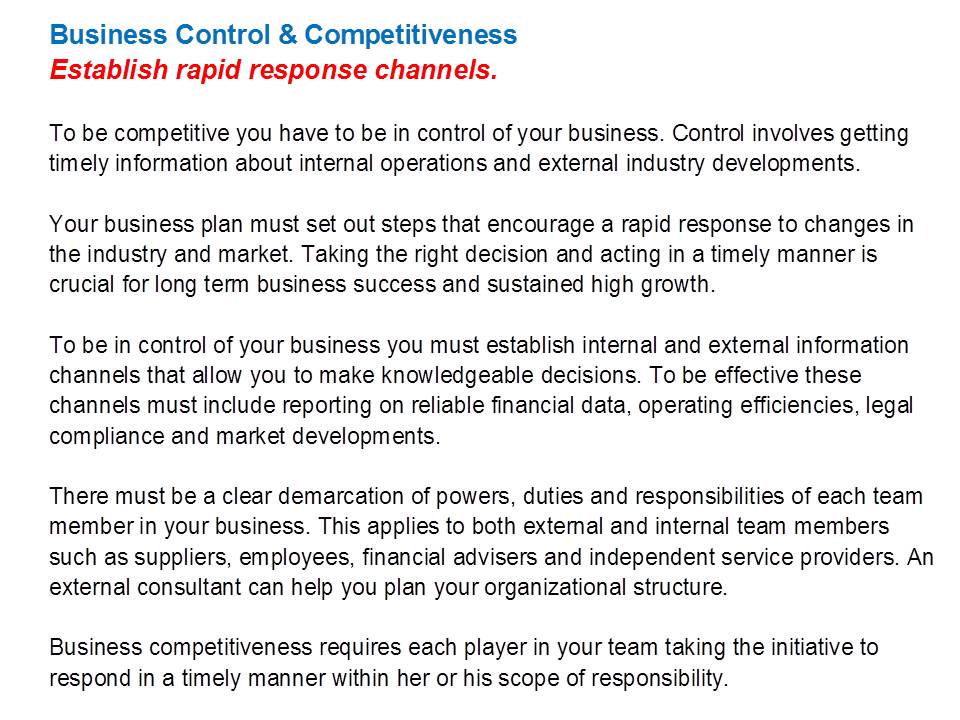
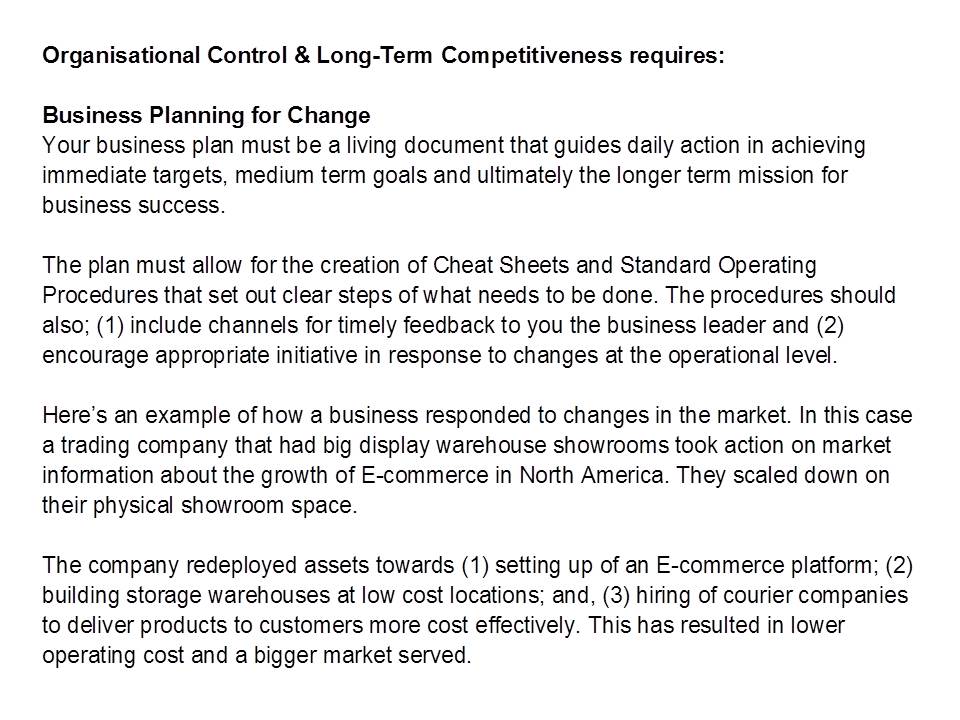
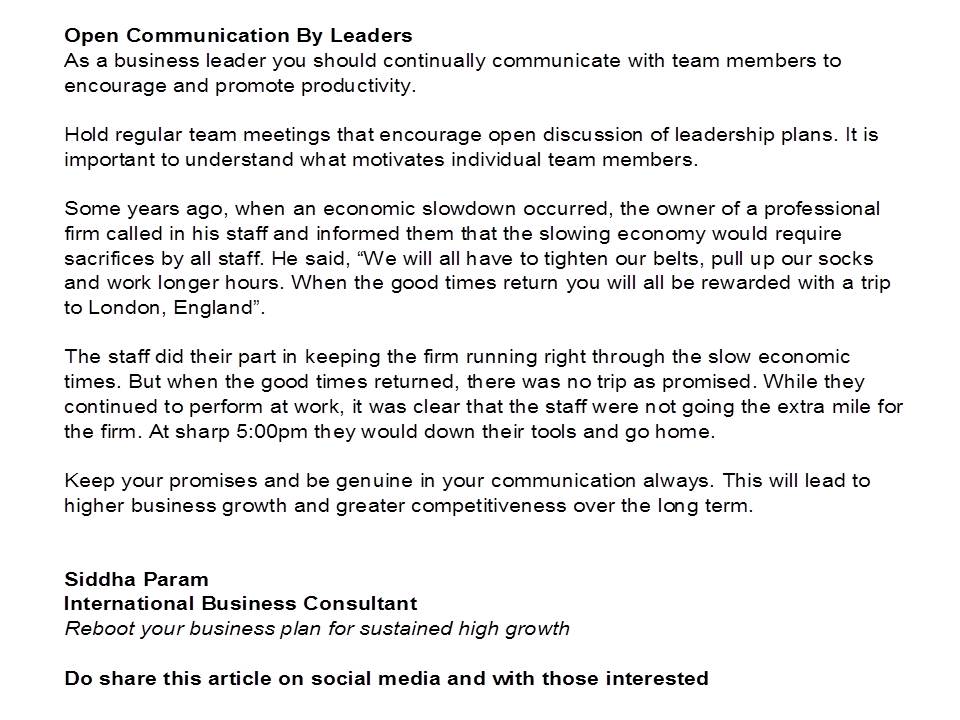

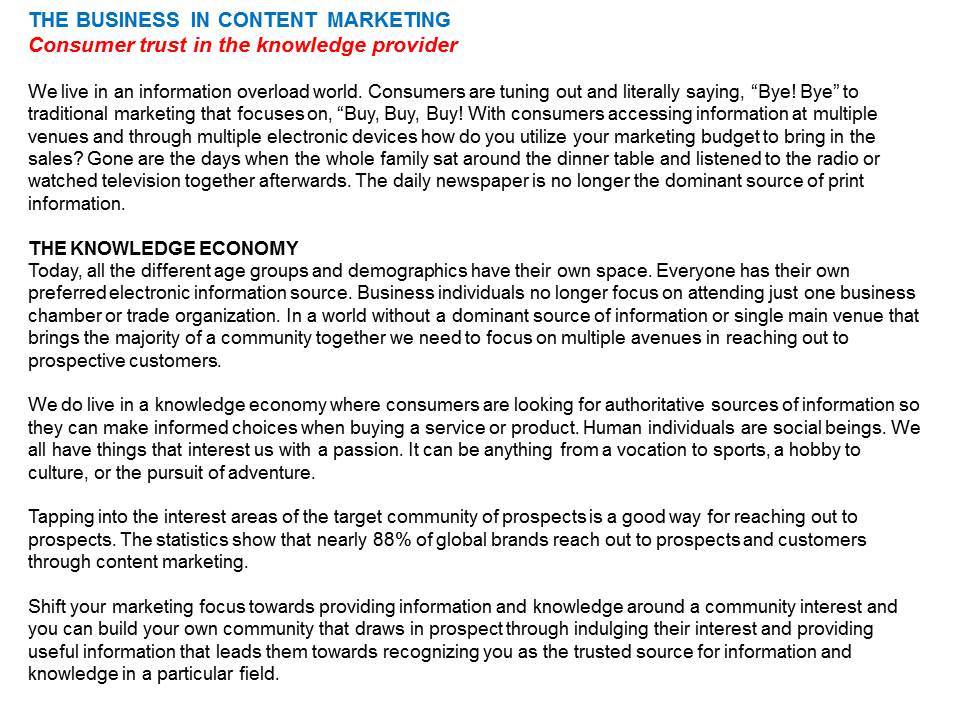
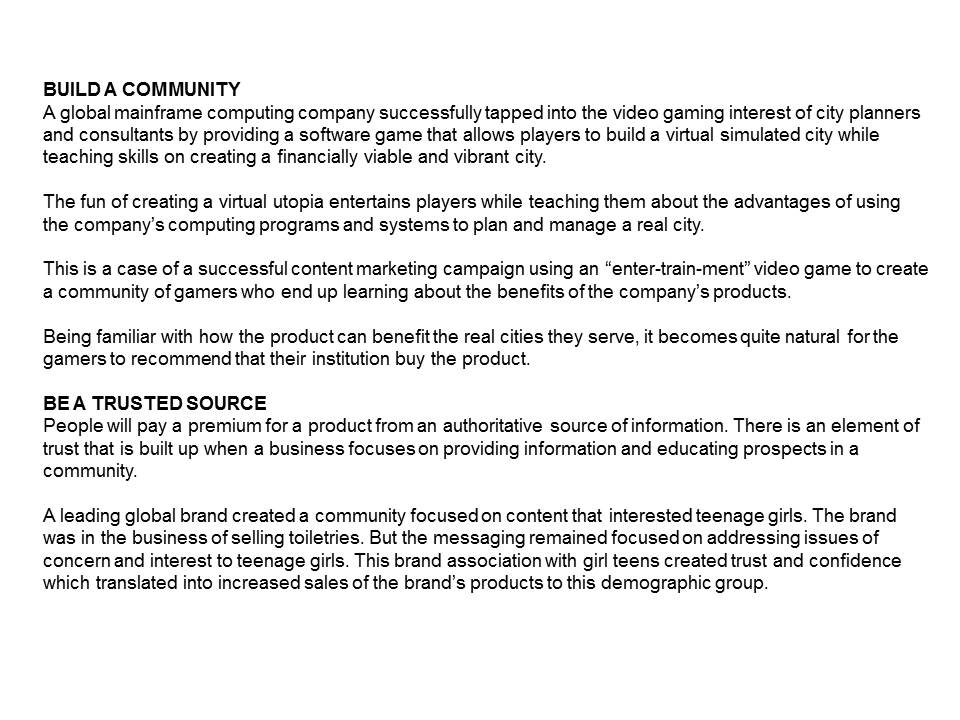
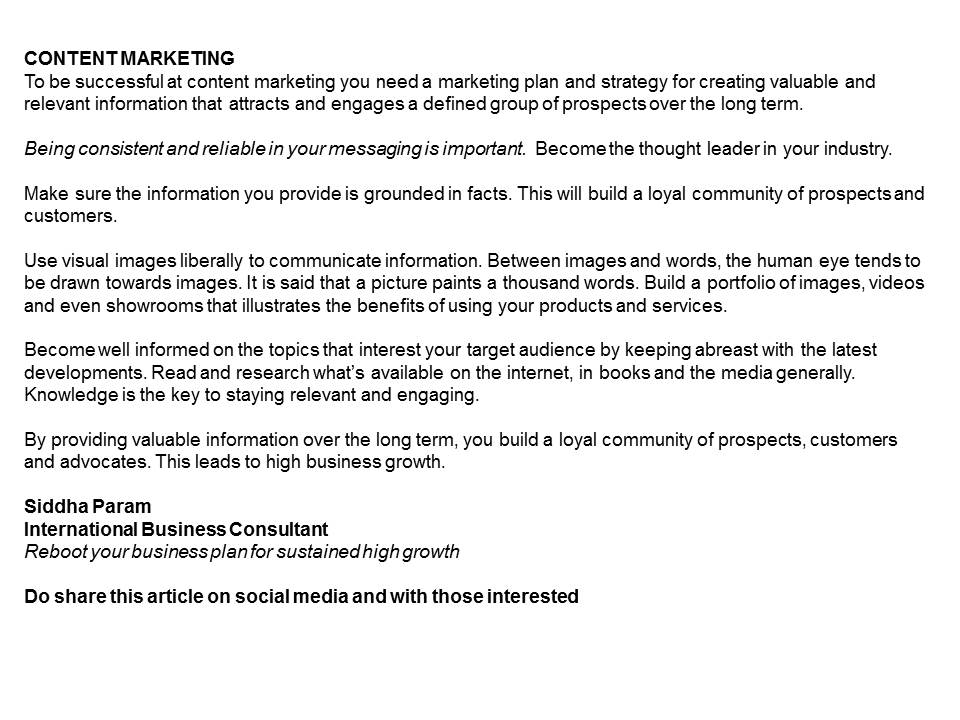
 RSS Feed
RSS Feed
